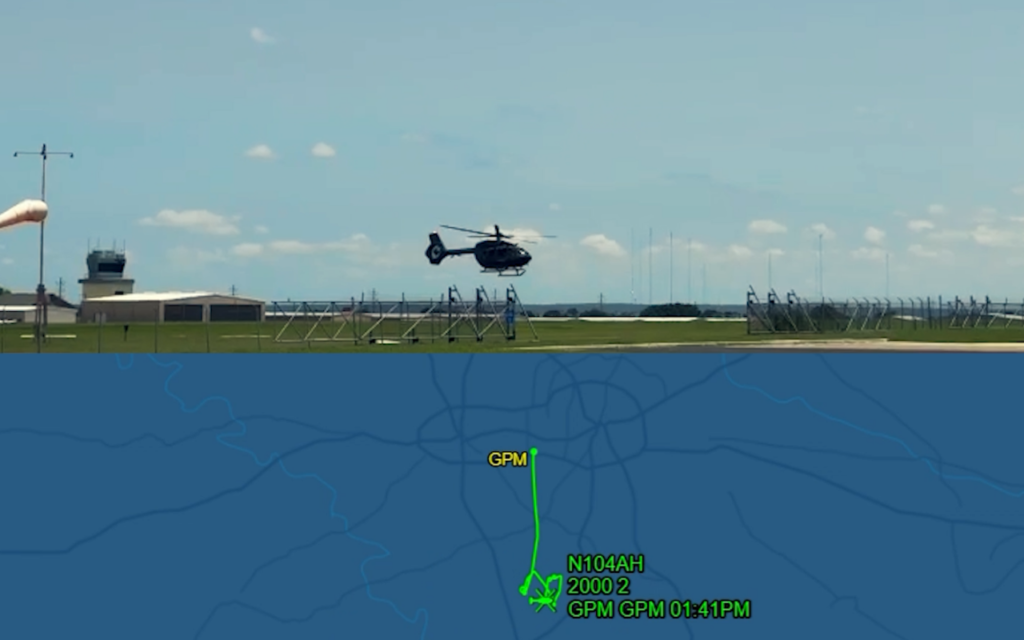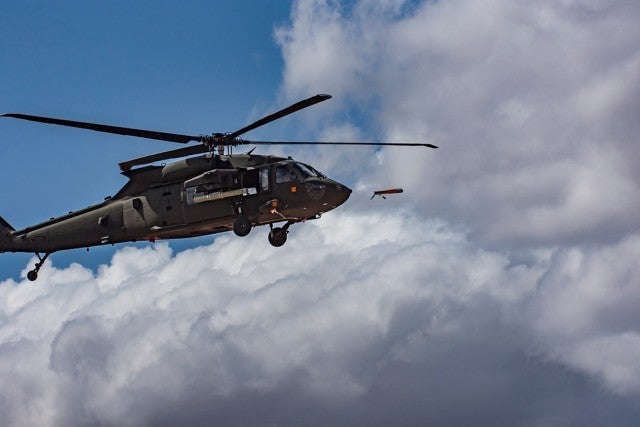FAA Faces Turmoil as Trump Administration Pushes for Overhaul

Global Avionics Round-Up from Aircraft Value News (AVN)

Federal Aviation Administration logo.
As air traffic in the United States continues to grow, the Federal Aviation Administration (FAA) is facing increasing pressure to modernize. With the second Trump administration now underway, newly appointed Secretary of Transportation Sean Duffy has placed FAA “reform” near the top of his agenda.
In a series of early policy moves, the administration has signaled its intent to reshape the agency with a focus on privatization, deregulation, and cost-cutting. Supporters say these efforts are aimed at making the FAA more efficient by reducing bureaucracy and introducing private-sector discipline. However, critics warn that this approach may misdiagnose the FAA’s challenges and risk undermining core functions tied directly to public safety.
At the center of the administration’s plan is a proposal to separate Air Traffic Control (ATC) from the FAA and transfer those operations to a new nonprofit entity. Advocates of the model argue that it could insulate the system from political interference and give it more operational flexibility. The proposal draws inspiration from NAV CANADA, a privatized ATC system that has operated independently from government oversight in Canada since the 1990s.
But experts caution that key differences between the two systems make comparisons difficult. The U.S. airspace is among the busiest and most complex in the world, handling more than 45,000 flights per day across a densely trafficked network of commercial, cargo, general aviation, and military operations. Canada, by contrast, oversees a much larger volume of airspace, but with significantly less congestion.
A major concern among aviation stakeholders is that structural reform could distract from more urgent needs within the system. The FAA’s modernization program, known as NextGen, has faced delays and uneven implementation since its launch nearly two decades ago.
Designed to shift the U.S. from radar-based tracking to a satellite-enabled system, NextGen promises increased efficiency, reduced delays, and enhanced safety. Yet progress has been slow, with many regions still operating on outdated technology.
A distraction from the real issues?
Some industry observers worry that the administration’s emphasis on governance, i.e., who owns and manages ATC, is diverting attention from the tools that actually move aircraft through airspace.
Experts question the need to reinvent the ownership structure. They argue that what’s needed is a system that works in real time and can handle modern traffic loads.
Labor concerns are also surfacing. The FAA is already grappling with a long-standing shortage of certified air traffic controllers, many of whom are approaching retirement age.
Recent signals from the administration about potential changes to labor protections under a privatized system have raised alarms among union leaders and workforce advocates. They argue that uncertainty around compensation, benefits, and job security could further destabilize the workforce and make it harder to attract new talent.
There’s no margin for error in this field. Controllers are under enormous pressure every day, and experience matters. You can’t replace that overnight, and you can’t outsource it without consequences.
The long-term implications of such changes could extend beyond day-to-day operations. Aviation analysts point out that the U.S. risks falling behind in global aviation leadership if reforms lead to a fragmented ATC system, delays in tech adoption, or reduced performance standards.
Other regions, including the European Union and China, are investing heavily in artificial intelligence (AI)-enabled routing, digital towers, and automated conflict detection, all aimed at making their airspace safer and more efficient.
While the administration has framed its reforms as a way to reduce political interference at the FAA, some policy experts contend that privatization could introduce a different set of pressures that are driven by financial constraints, corporate influence, and market priorities.
Turning over critical national infrastructure to a nonprofit or private operator raises new questions about accountability, funding stability, and regulatory oversight.
The FAA has long played a central role in ensuring the safety and reliability of U.S. air travel, while also serving as a model for aviation authorities around the world. Supporters of a more incremental approach argue that the agency’s problems stem not from excess bureaucracy, but from decades of inconsistent investment and shifting political priorities.
As the administration moves forward with its FAA reform agenda, the debate continues over how best to achieve modernization without compromising the core mission of public safety. Whether privatization will deliver the promised efficiencies, or create new risks, remains a pivotal question for the future of American aviation.
This article originally appeared in our partner publication Aircraft Value News.
John Persinos is the editor-in-chief of Aircraft Value News.
The post FAA Faces Turmoil as Trump Administration Pushes for Overhaul appeared first on Avionics International.
—————
Boost Internet Speed–
Free Business Hosting–
Free Email Account–
Dropcatch–
Free Secure Email–
Secure Email–
Cheap VOIP Calls–
Free Hosting–
Boost Inflight Wifi–
Premium Domains–
Free Domains














